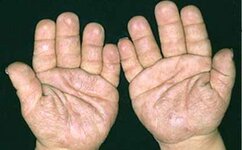I live in vernal,UT and want to start panning for gold. I am completely new to this so any help or advice would be greatly appreciated, also looking for someone in the area to help if possible.
Amazon Forum Fav 👍
Upvote
0





